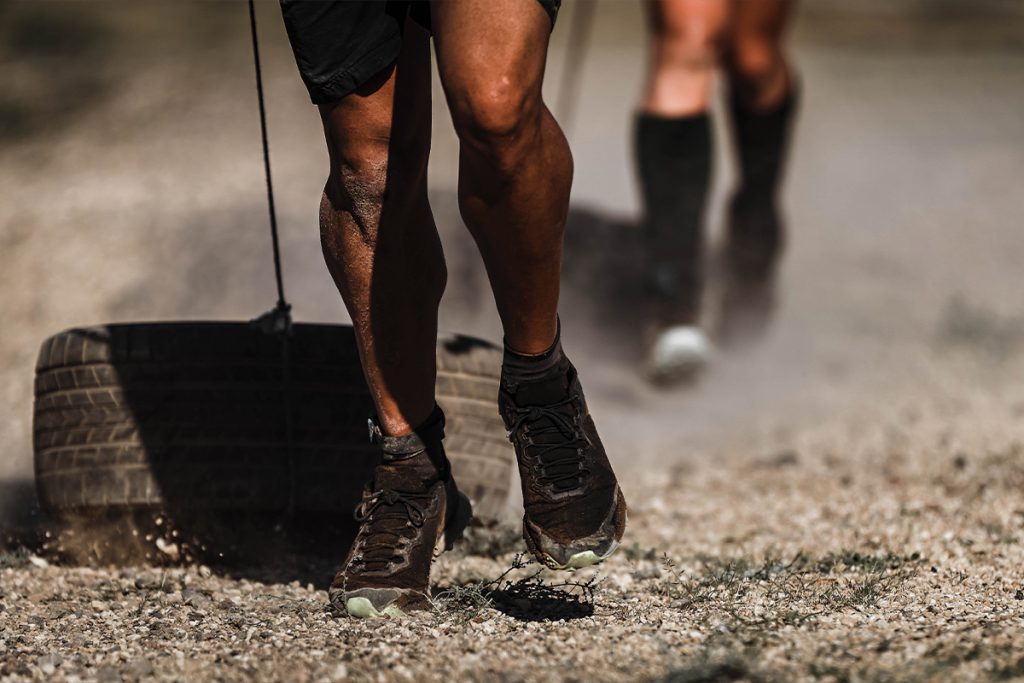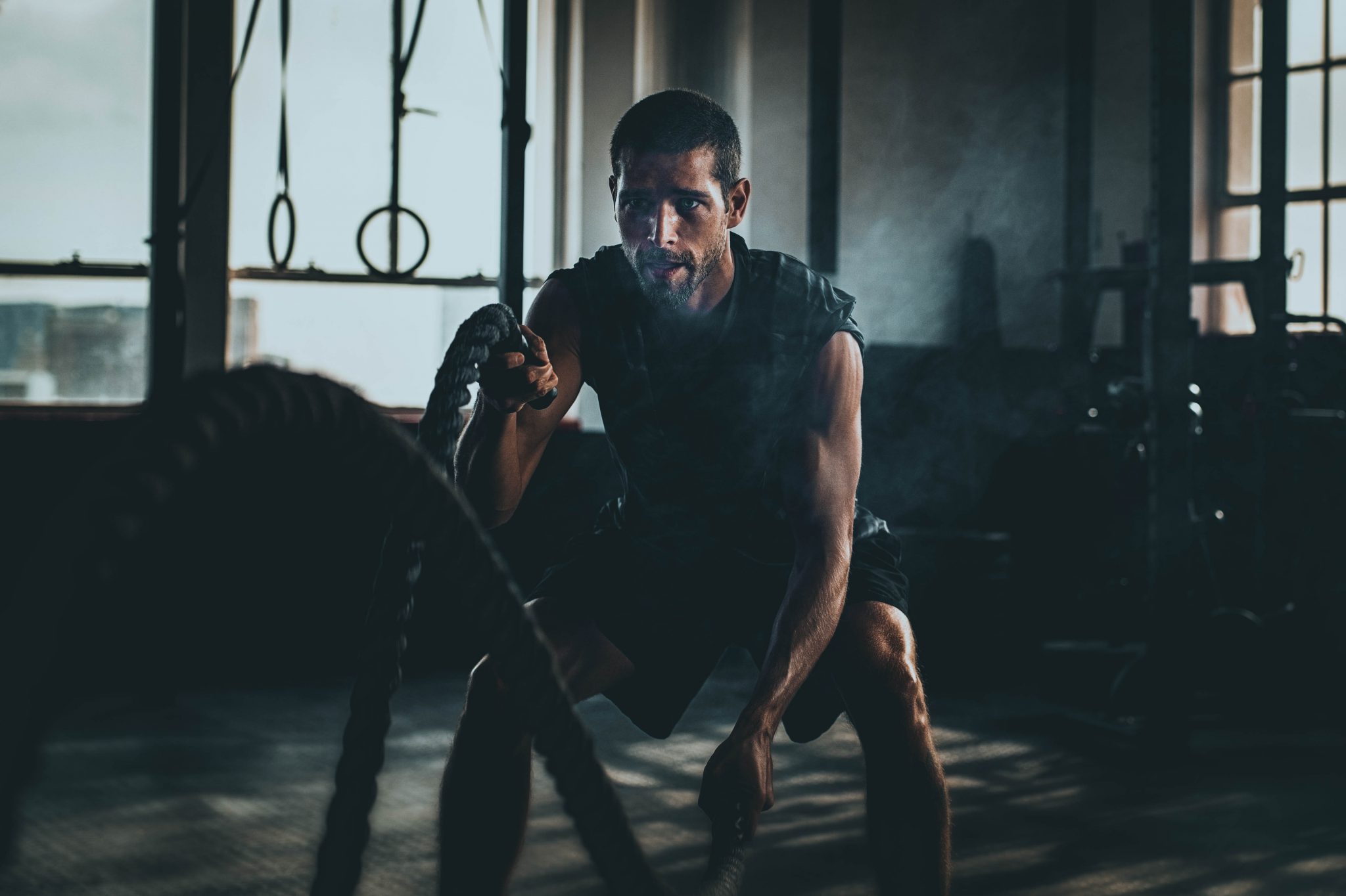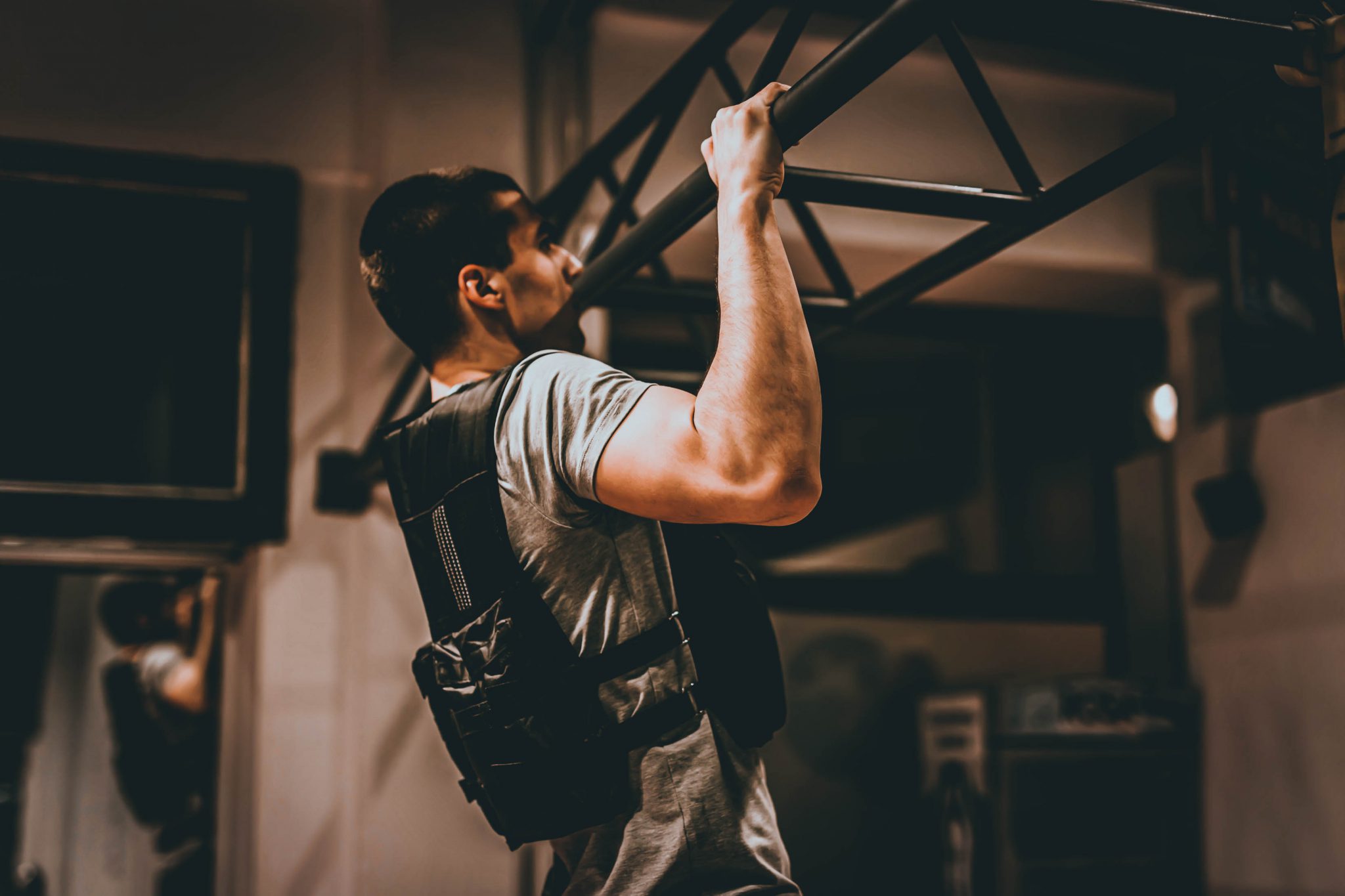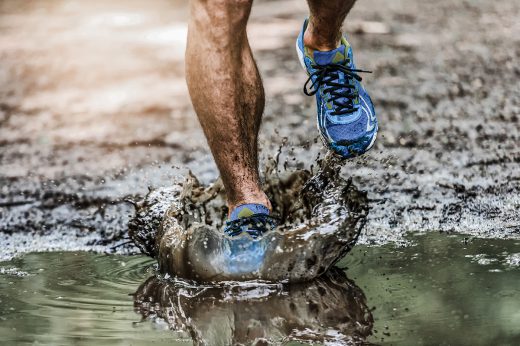If you grew up in the 1980s or the early part of the 1990s, you probably thought a chiseled, oiled, and likely chemically enhanced physique is what you needed to stay fit to survive. You can probably picture it now — a muscle-bound, larger than life, grunting stud running through the woods and defying the odds in a way only a Hollywood writer could imagine.
For decades, the idea of fitness has been defined by popular culture, but that image doesn’t apply to the world we live in. “Fit” is a relative term and it can be defined in many ways. “Athletic” is yet another term that most associate with sports, but it can be applied to our daily competition with ourselves and our grind to become more capable.
In terms of survival fitness, the physical attributes that will help you overcome the odds found in common emergencies may not be what you imagine. I tapped into one of my old high school buddies, a guy with an extensive background in bodybuilding, personal training, and living a fit lifestyle, to address topics relating to overall survival fitness. What Tyler has to offer is insightful and may help you change direction toward a more capable you.
RELATED – Proper Push-Up Form and Why You’re Probably Doing Them Wrong
Rating Survival Fitness

I’ve stated in my wilderness survival courses that all survival situations stem from short-term emergencies. These emergencies vary greatly depending on seasons and locations when you are in different states of preparation, or the remedy and your task(s) at hand to address the emergency. With so many possible scenarios, it would be foolish to train for only one. For this reason, I personally moved away from a fixed weight routine as I did in high school years ago. Sometimes I’ll push myself to go heavy, sometimes I’ll go high repetition, other times I’ll get the best workout by simply being active in the great outdoors in my canoe or carrying a pack up a mountain.
Cross-training a broad range of exercises makes sense to ready yourself for the widest range of possibilities. Tyler agrees with a similar viewpoint. “When talking about rating someone’s survival fitness, we should look at not only their strength but their aerobic capacity and muscular endurance. While being strong is important and the focus of many gym-goers, we could argue that relative strength and general physical preparedness are key components to maintaining a higher level of survival fitness.” If you’re interested in a “passing” grade so to speak, you may be able to get by focusing on just strength training. But if you want to earn a higher grade, add-in and crush that cardio workout too.
RELATED – Goblet Squats: An Easy Way to Change Up Leg Day
Applying Fitness to Survival Situations

Because survival situations vary, it’s difficult to discuss all the possible ways fitness helps when the chips are down. Some overall concepts apply and they are hard to argue against. Movement is life. If you’re able to “get off the X”, use “speed, surprise, and violence of action,” and other phrases popular in the tactical training world, you may not only survive but thrive in a survival situation.
What’s important to realize is the possibility your emergency/survival scenario will not fit the average. Most wilderness survival classes focus on the initial window of 72 hours and the needs of the survivor then. What if your emergency lasts longer? In firearm classes, statistics point out that most shootings take place within three feet, in under three seconds, and with fewer than three shots fired. What if you have to shoot farther, run to cover, and your heart rate is pinned in the red zone for minutes? Simply put, it’s easy to fall back on “average” statistics but do you want to train to be average?
According to Tyler, who has seen plenty of people come and go in the gym, “in any survival situation, the ability to move your body, move it efficiently while acting swiftly and with complete confidence in your cardiovascular ability will be of the utmost importance. You won’t get that in a typical body part training bro split.” There’s an expression in training: If you train hard, you fight easily. A similar expression is the more you sweat in training, the less you bleed in battle. Be the guy or gal who doesn’t waste time in the gym between sets. Your survival situation won’t give you the same break.
RELATED – Ditch the Sit-Ups: Better Core Training for Hunters
How Fitness Affects Your Survival

Here are some universal truths. Strength is not a bad thing, Cardio is not a bad thing, and flexibility is good for longevity. According to Tyler, “The more physically fit a human being is, the stronger their immune system. Exercise, and more specifically strength training and cardiovascular work, improve respiratory and cardiovascular health and reduce your risk for comorbidities. If age is a risk factor, we can only control so much.
Our physical fitness level allows us to eliminate other risk factors associated with comorbidities.” I’ve met plenty of students in my courses who were in the process of working out for a particular trip only to let their health slide after the trip was over. When it comes to fitness, you need to view it as a marathon, not a sprint. Train for the long haul, not the short hike if you will.
RELATED – Proper Deadlift Technique: 4 Steps to Dial-In the Correct Form
How to Improve Your Survival Fitness

Tyler has seen a lot of folks pass through his gym and just like some of the nervous and uncertain clients he’s had, you may be wondering where to begin. Here’s what he suggests. “Improving your physical fitness from a relative strength standpoint, in other words, the ability to control your body weight in space is one. Take into consideration your body weight and body fat percentage and get that under control by making changes to your daily diet. The third would be to evaluate your overall general physical preparedness and look to improve it with consistent cardiovascular training or metabolic conditioning to improve your energy systems.”
If you improve yourself even slightly more than you did the day before, you’ve grown. Each day, challenge yourself to do something you didn’t do before. You are in a competition against yourself, and it can be discouraging to look at your long-term goal now. Each workout takes you a little closer. Hang in there.
RELATED – The Importance of Mental and Physical Prep – Adventure 101
Stay Active and Maintain Fitness During a Lockdown

As someone who packed on a few extra pounds during COVID, I’ll let Tyler address this one! “Americans and people across the globe gained firsthand experience these past two years. You can get a lot done with a lot less than you think. Most people are deconditioned. They don’t have the relative strength and therefore muscular endurance their body requires to maintain a high level of physical fitness. That’s where simple bodyweight movements like pushups, pullups, band exercises, or simple dumbbell exercises can go a long way.
Varying the repetitions, sets, and day-to-day volume can allow someone to perform similar movements daily and see marked improvements over time. Don’t overlook basic aerobic work like walking, running, and loaded carries using a loaded ruck to improve cardiovascular health when equipment is scarce.
Taking care of your physical health is one aspect of the pillars of preparedness we preach at Fieldcraft Survival. Turn your body into a survival tool and your fitness will be an asset to your tribe and not a liability.
This content was originally posted by Fieldcraft Survival in December 2021.
READ NEXT – Kettlebell Carries That Test and Build Strength and Endurance








Comments